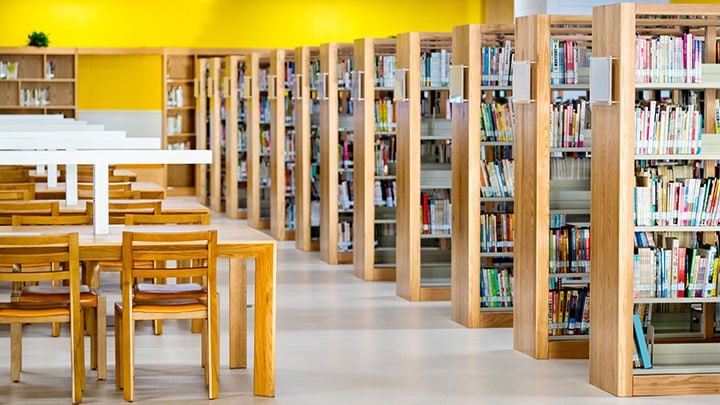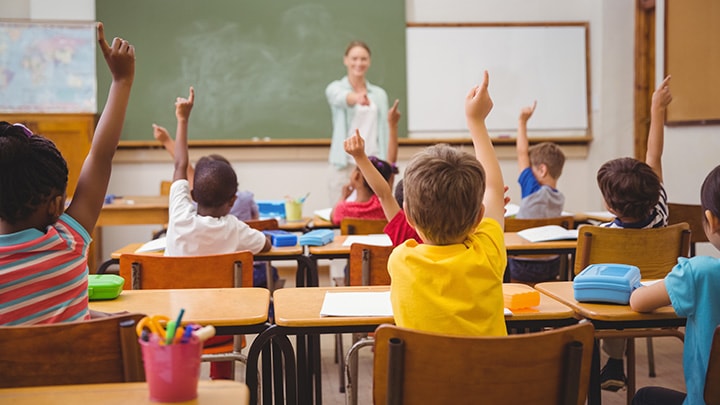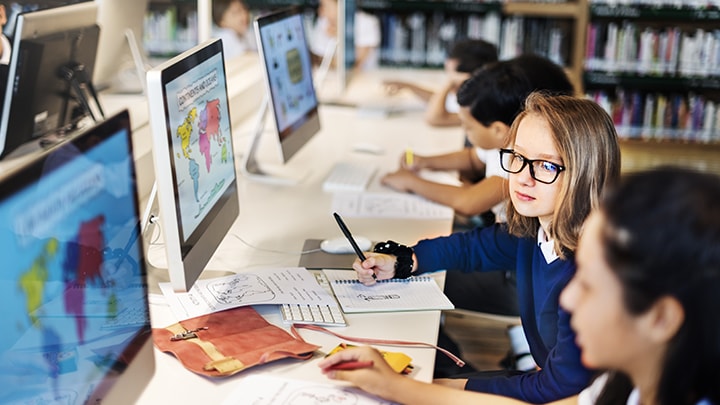| How America’s public K-12 school districts can modernize their facilities to support their educational objectives |

On April 4, 2022, Vice President Kamala Harris introduced the Biden-Harris Action Plan for Building Better School Infrastructure, calling on the federal government to provide funding and resources for public K-12 school facility improvements.
This initiative is significant for school districts, students, teachers and staff, and communities alike.
The recommended actions stand to help unlock energy savings and climate benefits, support the health and wellbeing of school building occupants, and enable operational costs to be reallocated to where they’re needed most: on students’ learning.
Lighting has a critical role to play in modernizing educational facilities and delivering on this plan.
Per the Administration’s statement, school districts collectively spend around $8 billion each year on energy. Lighting represents around 9% of that spend.
Switching to high-quality LED lighting is one of the fastest and easiest ways for schools to gain up to 50% in energy efficiency. And when schools add smart controls and convert to connected lighting, for example, to only use light when it’s needed, they can even achieve a savings of up to 80%.
This technology not only lowers energy use and operational costs, but also offers a longer lifespan.

The right lighting can impact student performance, productivity and wellbeing, too.
Tunable lighting, or lighting that can be adjusted in terms of color temperature or light level to mimic natural patterns of daylight, can inspire concentration and focus for a lesson, for example.
A study done at the University Hospital in Hamburg-Eppendorf found that dynamic lighting can increase reading speed by 35% and decrease frequency of errors by 45%.

Lastly, UV-C lighting can support indoor air quality improvement, especially if options for increasing ventilation and filtration in classrooms are limited.
It is designed to continuously disinfect the air that flows through an indoor space, close to the ceiling, and mechanical ventilation and/or natural convection moves the air back into the lower part of the room, where students and teachers are located.
Shown to neutralize harmful bacteria and viruses, it can provide a greater sense of comfort to teachers, staff and parents for in-person learning.
Lighting can help create the right conditions for learning.
It's never been a better time for school districts to explore the solutions and support they need to upgrade their facilities, to better support their educational objectives.
Signify is here to help Brighten America’s public K-12 schools.

November 14, 2023
How lighting technology can help reduce risks to migrating birds